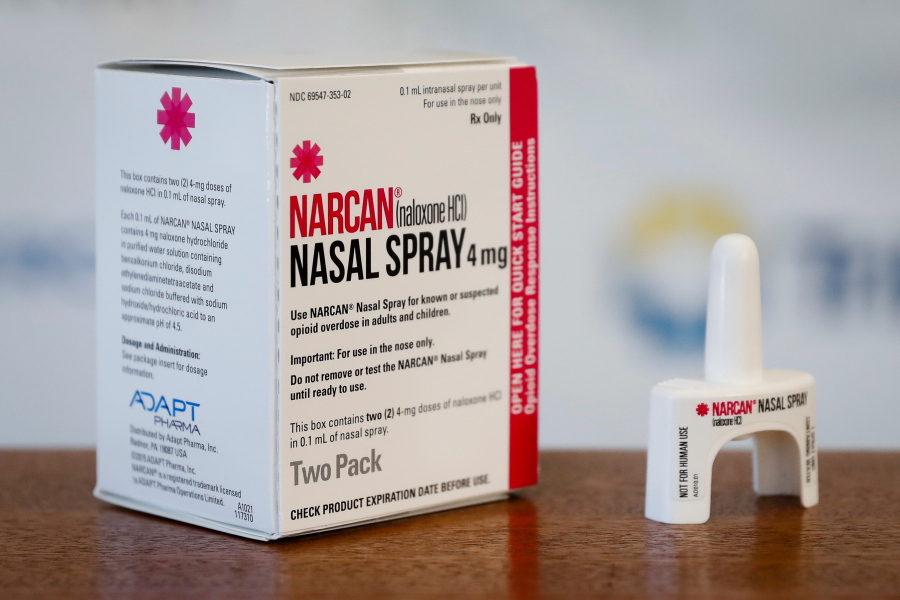BELLINGHAM — Washington has been facing an increase in drug-related deaths, but now residents will be able to receive free life-saving medication by mail.
Over 2,200 people died from drug-related overdoses in Washington state in 2021, nearly an 80% increase compared to 2019, Nikki Ostergaard, a Washington State Department of Health Public Information Officer wrote in an email.
The number of drug-caused deaths involving opioids have increased throughout the years, in 2019 there were 852 deaths, and 2020 had 1,219, a 43% increase in one year, according to the University of Washington Addictions, Drugs and Alcohol Institute.
But not all Washington counties are affected the same.
Some counties such as Spokane had a modest decline in opioid death rates between 2018 and 2020, but these declines were outweighed by steep increases in death rates in most Washington counties, such as Pierce, Snohomish and King which faced increases around 150%, the addictions institute reported.
More than half of overdose deaths are due to fentanyl, and fentanyl overdose deaths have increased about tenfold since 2016, according to the Washington State Department of Health.
Side effects of an opioid overdose
Warning signs of an opioid overdose can include:
- Very small pupils.
- Extremely slow breathing or heavy snoring.
- Blue lips or skin.
- Confusion.
- Difficulty being awakened.
Call 911 immediately if someone is experiencing these warning signs.
Opioid overdose treatment
Naloxone is a medication that can reverse an opioid overdose. It can stop the side effects of opioids so that the individual can wake up and start breathing again.
“Naloxone has been and continues to be the gold standard medication to reverse opioid overdose. We do encourage people to carry more than one kit in case multiple doses are needed to reverse an opioid overdose,” Ostergaard wrote in an email.
If responding to an opioid overdose, follow the Washington State Department of Health’s instructions. Give one dose of naloxone, wait two to three minutes and then give more of the medication if the person is not responsive. Naloxone is available as a nasal spray or injection.
In Washington state, anyone who might have or witness an opioid overdose can legally possess and administer naloxone.
Where to get naloxone
Having naloxone on hand is very important, especially if you use drugs, interact with people who use drugs, if you take prescription opioid or handle drugs that were not purchased at a pharmacy or licensed cannabis dispensary, according to the Washington State Department of Health.
People with active Medicaid can receive naloxone for free at pharmacies, but the medication can also be mailed.
Anyone with a Washington state mailing address can sign up to receive the life-saving medication through community-based organizations because of the statewide standing order to dispense naloxone.
The standing order aims to increase access to naloxone for those in remote regions, people concerned about going to a pharmacy due to fear of stigma, and to reduce opioid overdose deaths.
“Numerous studies show that naloxone distribution reduces overdose deaths without increasing opioid use,” Ostergaard wrote in an email.
Organizations such as The People’s Harm Reduction Alliance, StopOverdose.org and nXg all distribute naloxone through the mail.



